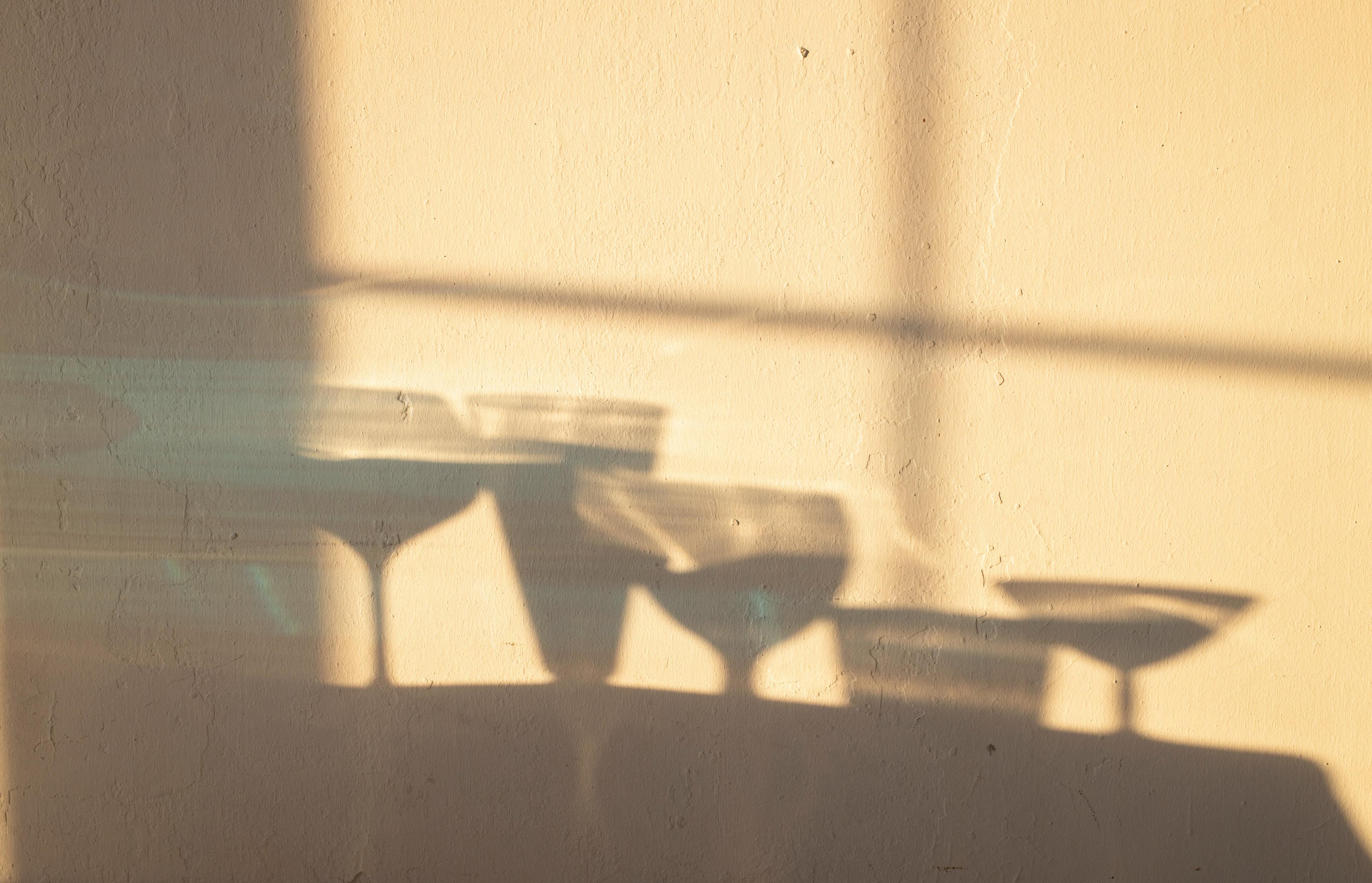Insight
Cultural Tension: The Virtue of Vice

Last year, 15% of U.S. adults participated in Dry January. For those who take part, the aim of the month-long cleanse from alcohol is to detox from the overindulgence of holiday season festivities and start the new year off strong (and sober).
The popularization of Dry January (cutting alcohol out) and drinking in moderation (cutting back) tracks with a larger cultural trend: 34% of Americans wanted to drink less in 2023. The easy explanation here is the prioritization of wellness for U.S. consumers: younger generations especially care more about how the things they consume affect their bodies and minds.
But as younger generations cut back on alcohol, they’re also rejecting “toxic” wellness culture, (“an industry that needs to continue to grow on the back of people's discontent,” said one psychologist), and embracing other vices.
Cigarettes have re-entered the cultural mainstream. Marijuana use is at an all-time high, along with other recreational drugs. In 2022, 44% of young adults ages 19–30 reported using cannabis in the last year, and more than 11% used cannabis on at least 20 of the prior 30 days (more than double the percent from 2012). Eight percent used mind-altering drugs like MDMA or mushrooms, a market that exceeded $2 billion in 2023.
The non-alc movement is growing, but it might be less about a greater focus on “better-for-you” and chasing wellness, and more around a shift in where younger generations find their escape.
How will a next generation of brands market to that still-sought after desire for release and disinhibition?
Following a stark increase in consumption over the pandemic (5.5% in volume from 2019 to 2021), people have been reevaluating their relationship with alcohol. We’ve seen an uptick in non-alcoholic (NA) alternative brands, purveyors, and media interest. But despite all the buzz, NA alternatives still represent only .47% of alcohol sales.
That might be because many NA brands still market themselves around health benefits and what they’re not providing. Given the re-entrenchment of nicotine, THC and other drugs, these brands could take a page from what’s worked to make the former’s consumption so compelling (and sticky).
Language like “mocktail” and “damp January” centers on what’s missing and what drinkers are sacrificing. It makes the decision to abstain seem dull and isolating. If these brands aim to inspire a lifestyle shift, they need to infuse more glamor and thrill – and make the experience more enticing by adding a bit of allure. For instance, rebranding “Mocktails,” to something sexier like “Virgin Cocktails,” could lead to a far more indulgent ordering experience.
One quality that binds brands across the vice-to-virtue spectrum is that they are intertwined with social activities and forms of release. We expect to see a next generation of brands that empower and reflect a new form of socialization and that meet consumer demand for escape, socialization, and disinhibition, in beverage and beyond.
We’ve seen this trend continue to play out not only in vice categories, like THC, vaping, and edibles, but also in the resurgence of sectors that stimulate people in a more wholesome way. Board games are exploding in popularity and becoming more complex. We’ve written about the rise of outdoor recreation. The “competitive socializing” space of venues to play games and sports, like mini golf or padel, with friends is taking off. We expect to see more offline ways for people to escape or connect across the virtue-to-vice spectrum, better suited for fulfillment rather than replacement.
More
News
Bullish on Bandit, our latest investmentInsights
Cultural Tension: Adulting AlphasInsights
The Playbook for the Consumer ComebackInsights
Cultural Tension: Command-F ConfidenceNews
Bubble's ambassador program featured in the WSJNews
Honeylove named to Most Promising Startups listSign up for the latest consumer insights and news
Most Dangerous Agency in America™
©2023